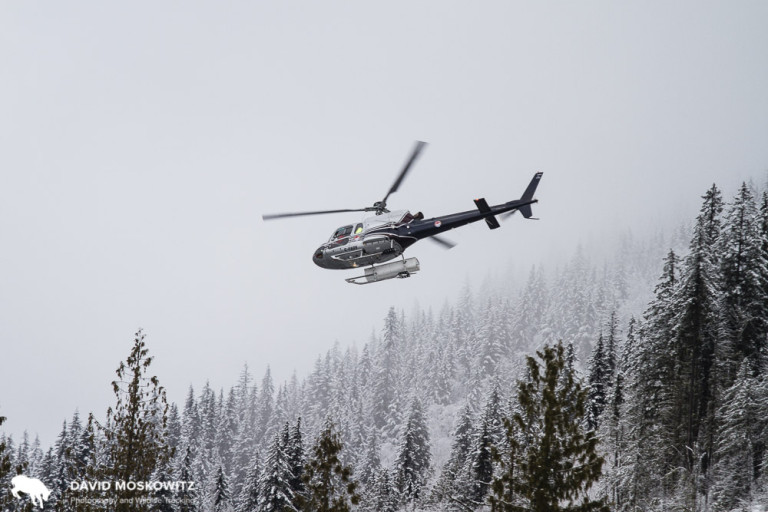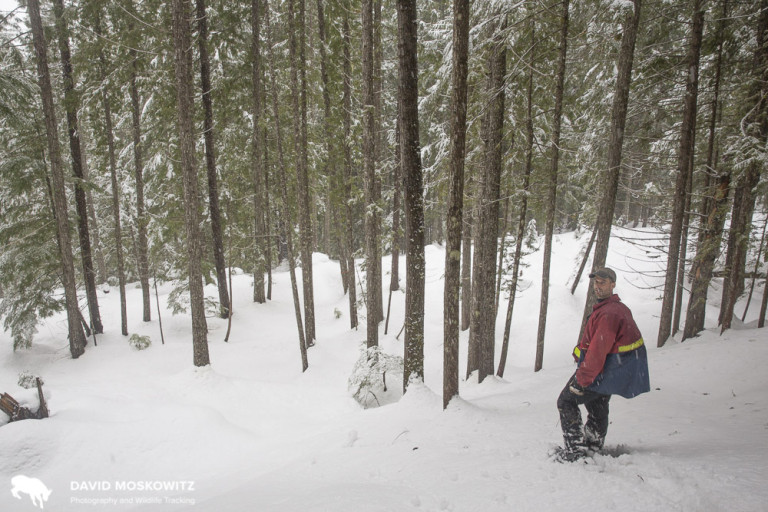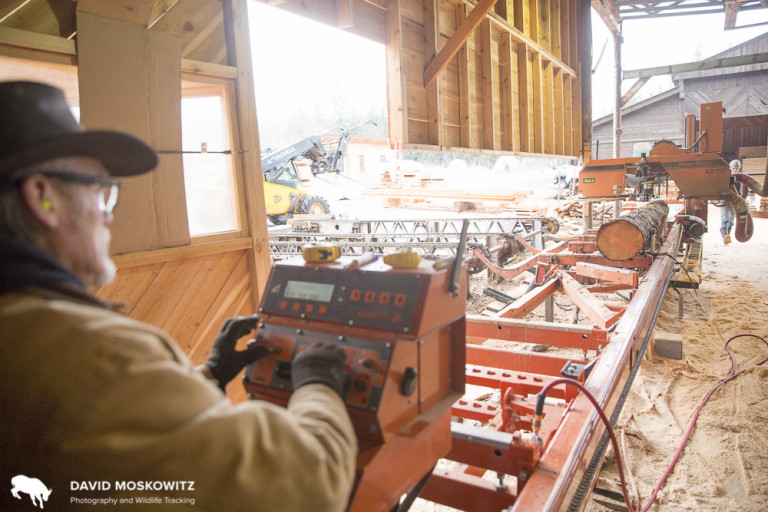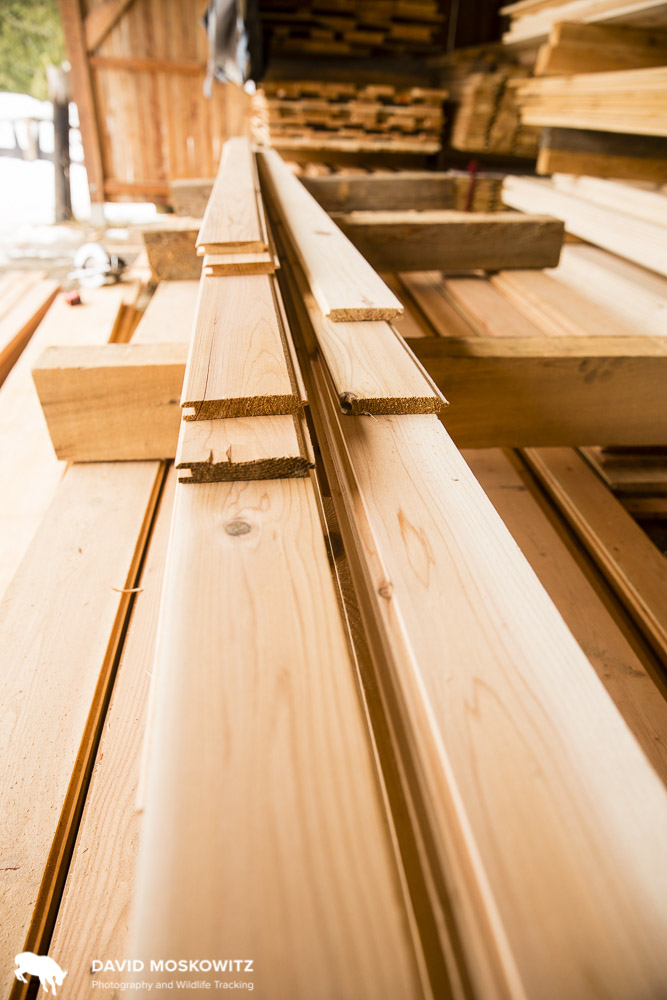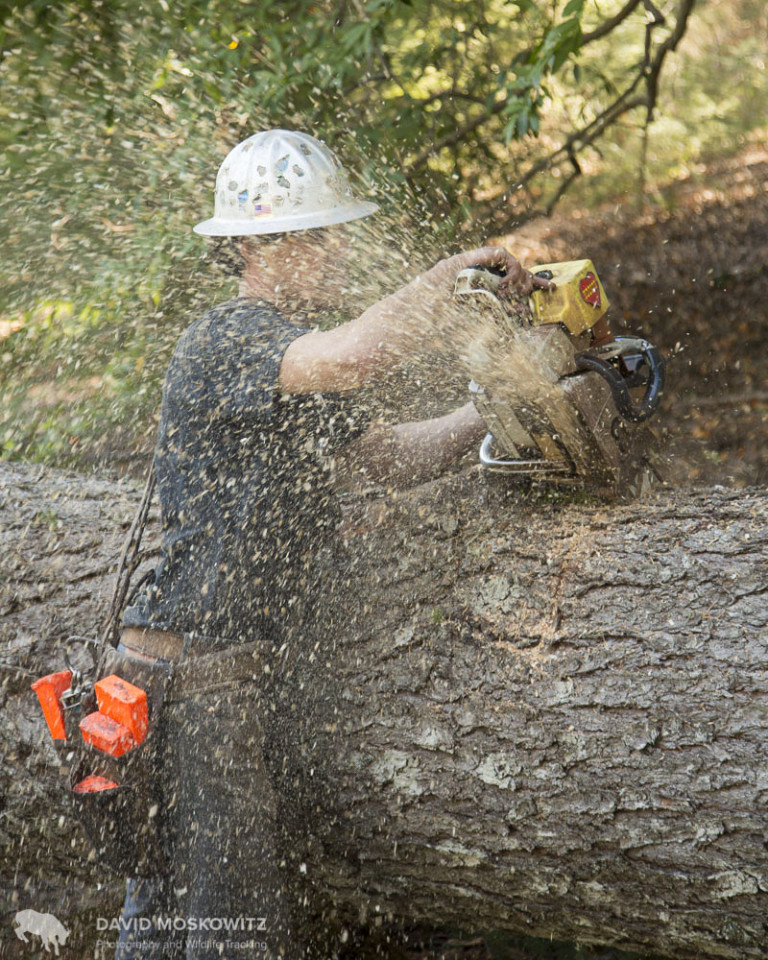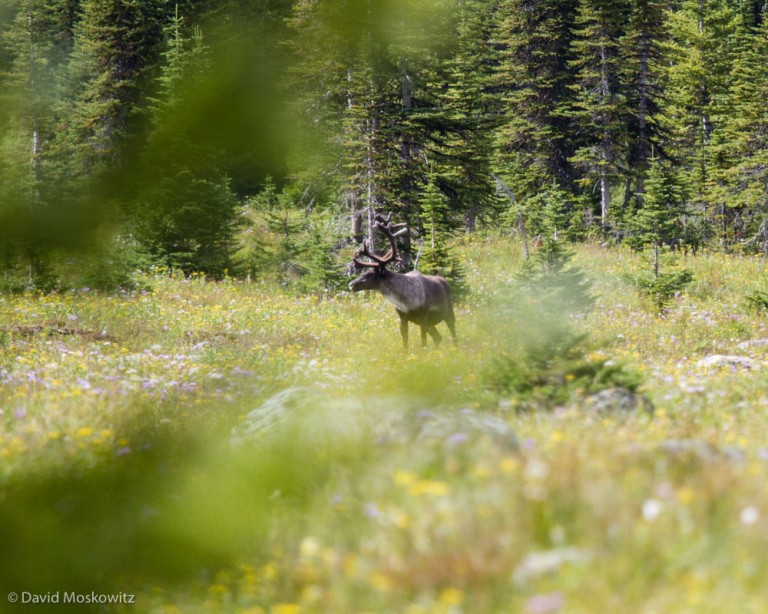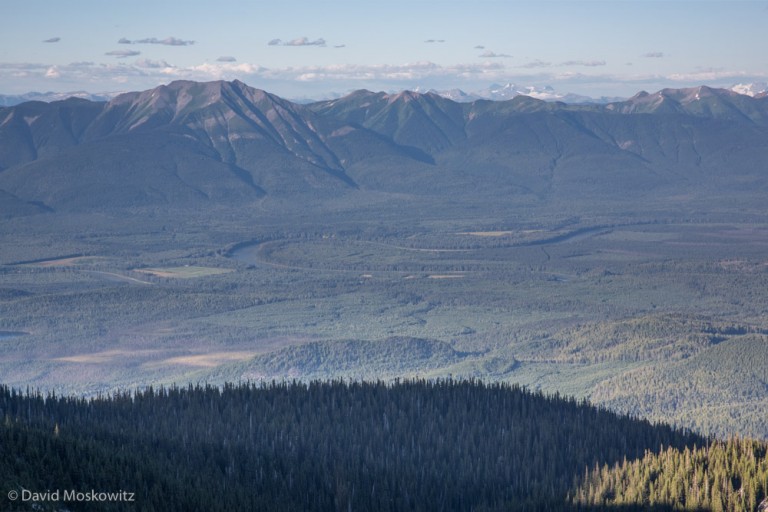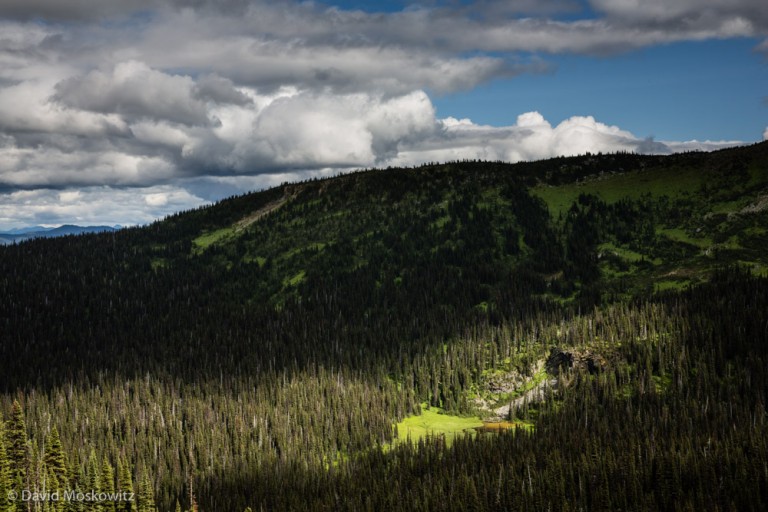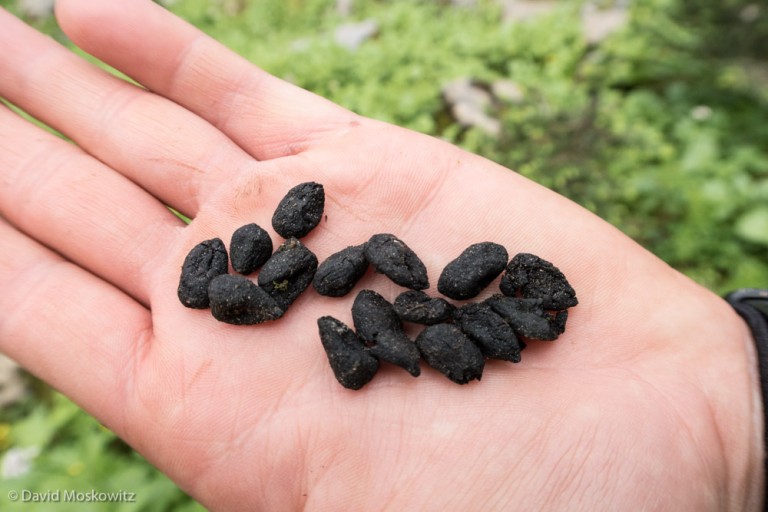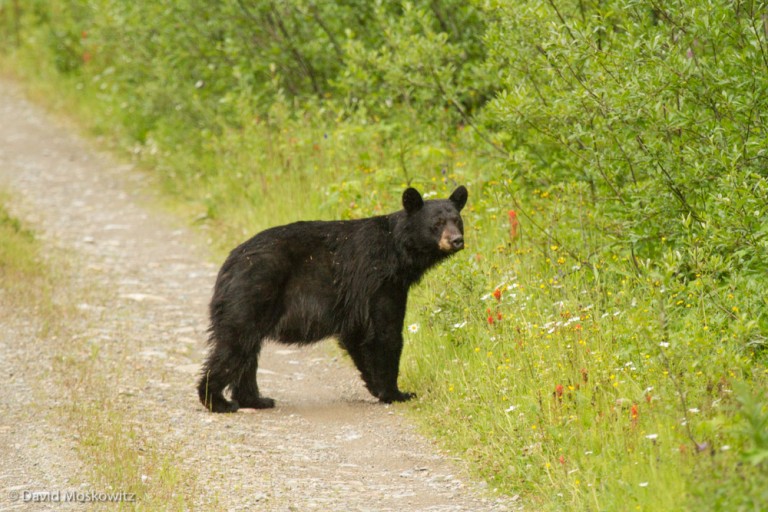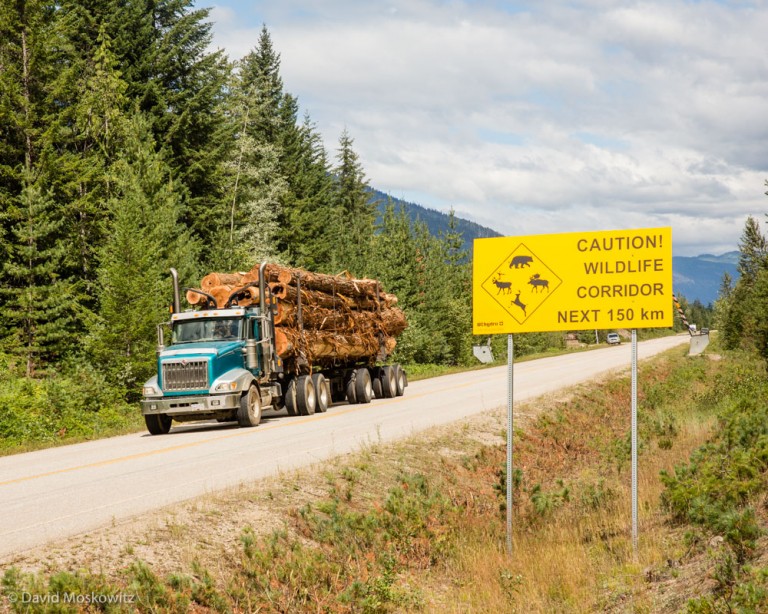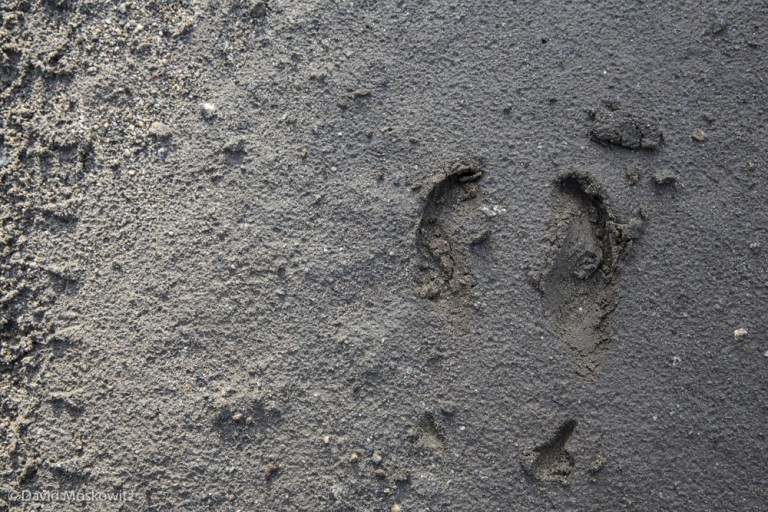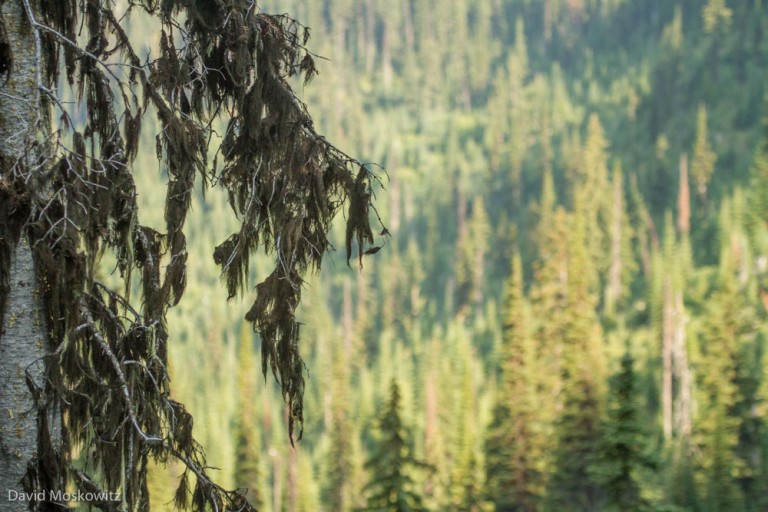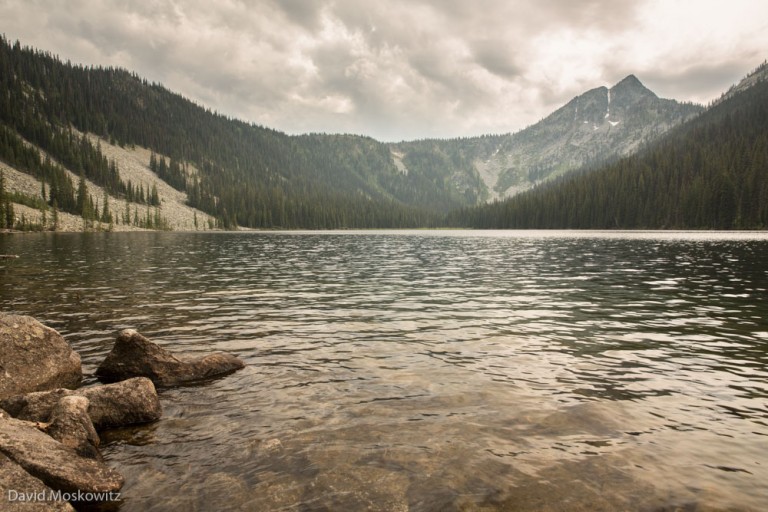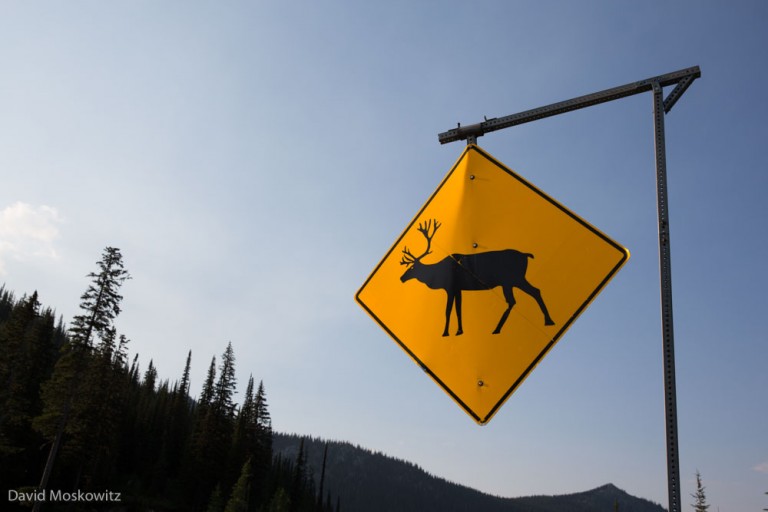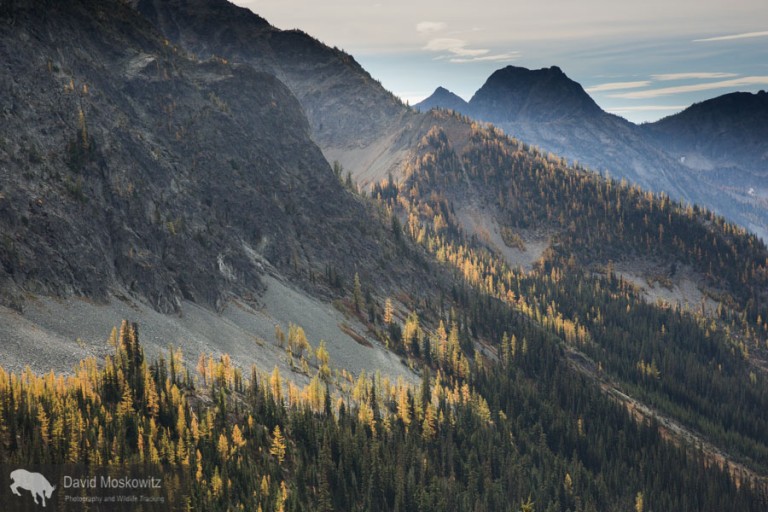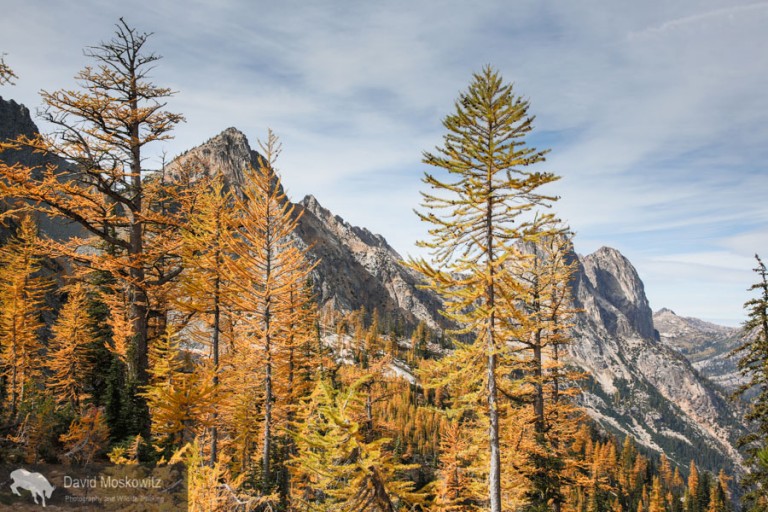written by David Moskowitz, Creative Director Mountain Caribou Initiative has received a number of inquiries about our position on the current wolf “control” activities being carried out in British Columbia in relationship to caribou conservation. This is a subject that has generated a great deal of interest, concern, debate, and strife for a great many people concerned about the plight of both caribou and wolves and the future of the very unique ecosystem in which mountain caribou reside alongside wolves.
Some Background
The relationship between wolves and mountain caribou was actually how I became interested in the story of mountain caribou and the inland temperate rainforest. In my most recent book, Wolves in the Land of Salmon (http://davidmoskowitz.net/publications/wolves-in-the-land-of-salmon/), I spend the better part of a chapter exploring this topic and introducing the reader to the landscape, and the human caused changes to this landscape which have been devastating to both caribou and to the globally unique ecosystem on which they depend. In this chapter I explore the science behind predator-prey dynamics which drive the interactions between wolves and the other large carnivores in this ecosystem and the suite of large prey animals on which they depend which includes primarily moose, deer, elk, and caribou. I carefully review the relationship between human caused changes to the landscape (primarily logging) and changes in the interactions between these predators and prey species.
In Wolves in the Land of Salmon, I carefully lay out how habitat changes from logging and other human impacts have lead to the decline of mountain caribou. Some conservationists believe that the cessation of habitat destruction and the removal of other human stresses to caribou is what we should be doing. Others believe that short-term predator control (killing of native predators in places where they are eating endangered caribou) is required to ensure that the caribou don’t disappear. In the book, I share information from an interview I did with the head of mountain caribou conservation for British Columbia regarding what the province states they are actually doing in this regard.
In the three years since that book was published, this issue has not resolved itself. It has actually become a much more contentious subject. It has fractured what was a very powerful coalition of conservation groups who worked together to promote mountain caribou and forest conservation in the United States and Canada. The province of British Columbia states that they have protected all of the habitat that needs to be set aside for caribou and are carrying out predator control efforts in a precise, targeted, and ethical manner. Some conservation groups and scientists have taken the perspective that this is generally the case. Other researchers and conservation groups have strongly disagreed with this perspective.
Our Stance: If you want us to tell you what to think, you will likely be disappointed.
Our goals with the Mountain Caribou Initiative is NOT to tell people what is right or wrong, what should be done, or should not in regards to predator control, timber extraction, winter recreation, or carbon emissions. We are working to bring our audience our direct observations of what is going on on the ground in this ecosystem. We are working on creating engaging educational content that helps explain what the situation is on the ground right now and how humans have created the problems that caribou and their ecosystem are now facing, as well as shares the responses that humans are having in attempts to address these challenges. In carrying out our research we are working hard to allow the various interest groups involved to share their perspectives. These perspectives will be woven together with a sound foundation of conservation science and culture context to help provide a framework for our audience to interpret these various perspectives.
We believe that the best thing we can do to support the conservation of this animal and its home, is provide our audience with clear, honest, and as unbiased as possible, material so that our audience themselves can come up with their own conclusions about what should be done and help move us in that direction.
Our material will not present the killing of wolves by the province of BC and Alberta as right or wrong. It will explain the various motivations, perspectives and results of these actions that will include the science behind it, as well as the politics, and various perspectives on the ethics of it. I believe the most powerful story and thing for people to understand about the predator control going on related to mountain caribou is about how we got to this point and how the use of such an extreme “conservation” action is being used in conjunction with, or possibly instead of, the long term corrective measures that could ultimately return mountain caribou populations to self-sustaining levels. I don't presume to know what other people should think is right or wrong. I know myself what I think, but my goal here is provide our audience with the opportunity to look into the world of mountain caribou themselves so that they can sort out for themselves what they believe, how they think we should weigh the merits and downsides of various options, and ultimately to understand that this is a story with no neat and tidy answers. We have meddled with this ecosystem, and indeed this entire planet, so much, that every action we take, even with the best of intentions, is fraught with more problems for us to sort out.
Who is our audience?
We are striving to make our material engaging to people from a wide variety of starting points when it comes to thinking about conservation topics: people who love wolves and people who do not, people who know what a mountain caribou is and people who do not, hunters, people who put a roof over their family’s head working in the timber industry, people who build roofs for other family’s heads, people with a home built of wood, environmental studies students, politicians trying to educate themselves about a very challenging subject, powder hounds that wander what sort of animal left the tracks they just skied or snowmobiled over….to name just a few.
I believe that democracy works best when people are educated well and inspired to take responsibility as citizens. It is our goal to provide educational material that will be engaging to many different types of people with many different starting points about what they believe about how the world works and what is right and wrong. After engaging with our resources, it is our goal that our audience will be more informed about the complex ecosystem that caribou live in, the many many ways that humans affect this place, and the options and potential outcomes from various paths forward. And finally, our goal is to translate this knowledge and engagement into actions that will move us towards more aware and responsible use of the fragile resources that we now wield so much power over as a species.
What are our biases?
As I wrote in the introduction to Wolves in the Land of Salmon, "Go See For Yourself", while scientists and reporters who do their job well seek to provide unbiased material, we all carry biases with us that act as the lens through which we see the world and communicate about it. One way that contemporary social scientists address this issue in their research is to state clearly their background and experience so that the person reviewing their research can also understand the perspective from which it was carried out. I have worked intimately with wolves in my work as a biologist, a photographer and as a conservationist working for protections for endangered wolf populations in the United States. As such, I have a great deal of personal connection to wolves in this region, as well as now caribou as my personal experience with this animal has been growing through this current project. Landscapes where large carnivores and other large mammals roam bring an excitement about the world around me that is different then any other experience I have had in my life. Part of my sense of what it means to truly be alive in the world, is to be able to share it with the wide variety of wildlife that have lived along side us humans for millennia...and this is a huge part of my motivation for working on projects such as the Mountain Caribou Initiative.
What are the question that we hope you will be asking:
How can we best move towards conservation stratagies that address whole ecosystems rather than individual species?
How can be best learn from our past mistakes and step up to the daunting challenges of conserving biodiversity in the 21st Century in a multi-faceted and complicated human society?
I hope the story of mountain caribou can act as a case study for us to learn from so that we can approach the many other conservation challenges we are going to face in this century with more foresight, and a higher degree of understanding of the importance of looking at whole systems rather than individual species to create lasting solutions for the problems we have created.
Wildlife and wildland conservation rarely works in the long run if it does not address the needs and concerns of the people who’s lives it affects. We live in diverse human society and because of this we have very different life experiences and cultural references for how we interpret the world. Lasting conservation efforts typically rely on solutions that bring people together rather than divide them. As people interested in seeing biodiversity and ecosystems protected in the years, decades and centuries to come, it is our goal to help be a part of creating conversations that mend wounds, build bridges, and create accountability within our society on local, regional, and global levels.
Editorial Control of our Content
We are grateful for the support of the numerous individuals and organizations that have backed our project in many large and small ways. This collection of people and groups contains a very wide variety of perspectives on the subject we are working on. We appreciate the candid discussions and sharing of experiences, knowledge, and resources we have received from many sources.
As with all of my past projects, we will work diligently to have all of our durable products, such as published articles, photo essays, and video content, reviewed by a wide variety of professionals to ensure the accuracy of the material we present. We however, maintain absolute editorial control over the content and messages we present to our audience, which at times will include material which some of our supporters may take exception to and challenge us on. We welcome your questions and concerns, to help us continue to learn and grow in this journey of discovery and to support the continued use of critical thinking skills which we believe are paramount to success in our efforts to act with reverence and respect for all of our neighbors, and hold ourselves as a society and a species accountable to a higher level of behavior when it comes to how we use the formidable power we have amassed on this planet.
THANKS!
Thanks for taking the time to look at our material. I sincerely hope you see value in the work we are trying to do and will financially support our project and share our work with others. Please let me know if you have any other questions. This is a story that I believe deserves thoughtful answers not soundbites.
Learn more about Mountain Caribou Initiative at davidmoskowitz.net/mci




